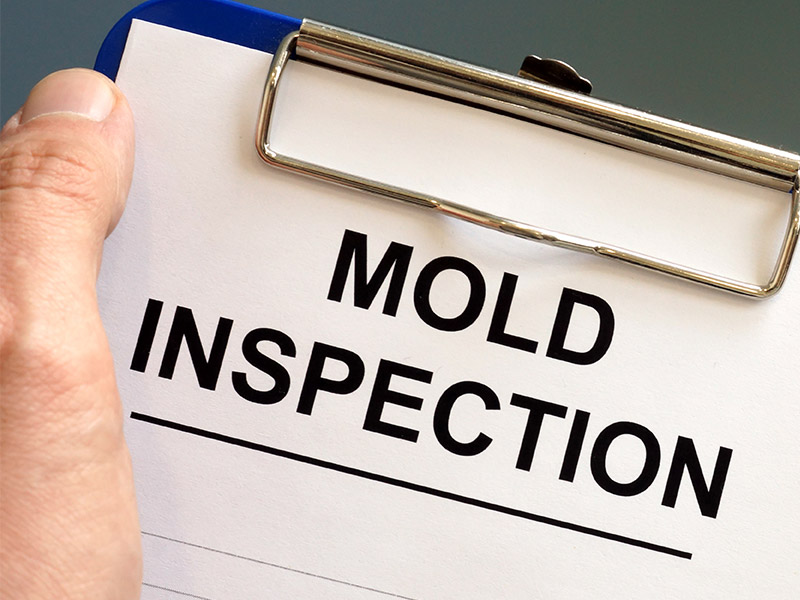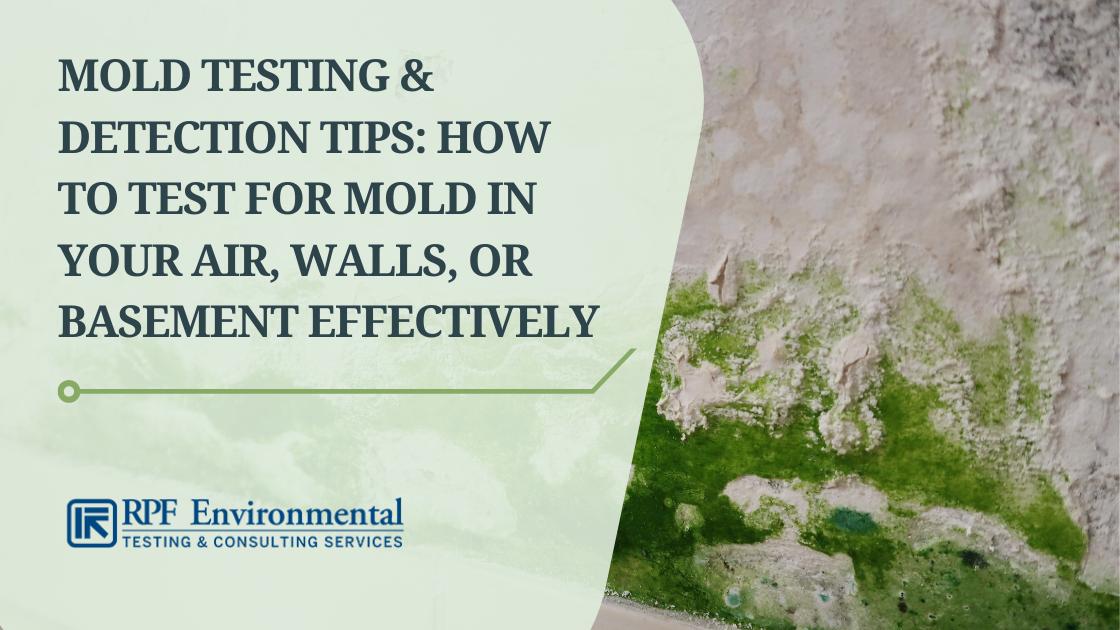Discover the Benefits of Specialist Mycotoxin testing Services Today
Discover the Benefits of Specialist Mycotoxin testing Services Today
Blog Article
Exactly How Mycotoxin Testing Aids Stop Contamination and Secure Food Products

Mycotoxin testing is a vital method in the food industry, serving as a frontline defense versus contamination by harmful toxic substances created by mold and mildews. Through the application of sophisticated techniques like High-Performance Fluid Chromatography (HPLC) and Fluid Chromatography-Mass Spectrometry (LC-MS), food producers can properly evaluate and discover mycotoxin degrees in agricultural products.
Comprehending Mycotoxins
Recognizing mycotoxins starts with acknowledging that they are toxic secondary metabolites produced by certain molds, which can pollute farming products. These metabolites are not important for the development or reproduction of the fungi yet can have extreme ramifications for animal and human health and wellness. Mycotoxins are generally found in staple crops such as corn, wheat, barley, and nuts, where they can multiply under details conditions of wetness and temperature level.
There are numerous kinds of mycotoxins, each generated by different fungal species. Aflatoxins, produced by Aspergillus types, are amongst one of the most well-known, known for their carcinogenic homes. One more considerable team includes ochratoxins, produced by Aspergillus and Penicillium types, which have nephrotoxic effects. Fusarium types create fumonisins and trichothecenes, both of which are linked with numerous acute and persistent health concerns.

Dangers of Mycotoxin Contamination
The threats of mycotoxin contamination are diverse, posing considerable threats to both food safety and public health. Mycotoxins, toxic substances generated by certain kinds of fungis, can pollute a variety of farming products consisting of cereals, nuts, flavors, dried fruits, and coffee. Once these toxins penetrate the food supply, they can bring about severe wellness problems such as liver damage, kidney failure, and also cancer. At risk populations, including children, the senior, and immunocompromised individuals, are specifically at danger.
Economic impacts are an additional significant issue. Contaminated plants can cause significant economic losses for farmers and food producers due to reduced returns and the demand for expensive purification procedures. Additionally, global trade can be substantially impeded as nations implement stringent mycotoxin policies to protect their populaces, resulting in denied shipments and stretched trade connections.
Environmental factors such as climate modification intensify the threat of mycotoxin contamination. Variants in temperature level and moisture can produce favorable conditions for fungal growth, boosting the possibility of contamination occasions. Hence, understanding and alleviating these threats are vital for guaranteeing the safety and security and integrity of global food products.
Approaches of Mycotoxin Examining
Properly determining mycotoxin contamination in farming items is important for securing public health and wellness and keeping food security requirements. Different techniques are employed to spot and quantify mycotoxins, each offering specific advantages and constraints.
High-Performance Fluid Chromatography (HPLC) is a commonly used approach as a result of its high level of sensitivity and accuracy. It entails dividing mycotoxins from other compounds in an example, making it possible for exact metrology. Fluid Chromatography-Mass Spectrometry (LC-MS) integrates liquid chromatography with mass spectrometry to provide thorough molecular info, making it particularly valuable for identifying multiple mycotoxins simultaneously.

Gas Chromatography-Mass Spectrometry (GC-MS) and Thin-Layer Chromatography (TENDER LOVING CARE) are additionally used, each with one-of-a-kind applications. GC-MS works for unpredictable mycotoxins, while TLC offers a simpler, affordable option for preliminary screening.
Advantages of Routine Testing
Normal screening for mycotoxins in farming products uses numerous advantages, dramatically adding to public health and wellness and food security. By identifying contamination early, normal screening assists protect against the circulation of harmful foods, thus lowering the threat of mycotoxin-related health problems among consumers. This proactive strategy not just safeguards human health yet likewise enhances the total high quality of food supplies.
Regular screening likewise supports regulatory compliance. Various nations and regions have developed strict limits for mycotoxin levels in food and feed. Abiding by these limitations through regular testing guarantees that manufacturers and distributors fulfill legal criteria, thus preventing fines and profession obstacles. In addition, keeping conformity cultivates customer depend on and brand track record, which are vital for market success.
In addition, regular mycotoxin testing can lead to significant financial benefits. Early discovery of contamination permits prompt treatment, decreasing prospective losses from extensive contamination. Implementing normal testing protocols can likewise reduce recall expenses and relevant liabilities, which can be economically ruining.
Moreover, routine testing provides useful data that can notify better agricultural techniques and storage problems. By recognizing patterns of contamination, manufacturers can adopt safety nets, thereby lowering look at these guys future dangers and contributing to the sustainability of the food supply chain.
Carrying Out Evaluating Protocols
Executing efficient mycotoxin screening procedures is vital for ensuring the safety and quality of farming products. Developing a durable screening structure entails several vital steps, beginning with the identification of possible contamination factors within the production and supply chain. This includes pre-harvest, post-harvest, storage space, and distribution phases. Each stage should be looked at to identify where mycotoxin contamination is most likely to happen.
When important control factors are determined, selecting ideal screening methods is necessary. Common strategies consist of enzyme-linked immunosorbent assay (ELISA), high-performance liquid chromatography (HPLC), and mass spectrometry (MS) Each method has its weak points and toughness; thus, choosing the appropriate one depends upon the particular mycotoxin being tested, the required sensitivity, and available resources.

Last but not least, integrating the screening protocols into a comprehensive food safety and security management system is advisable. This enhances traceability and allows speedy rehabilitative activities when contamination is spotted, thereby securing the integrity of the food supply chain.
Verdict
Mycotoxin testing is important in preventing contamination and securing food supplies by allowing early discovery of dangerous contaminants generated by mold and mildews in farming items. Advanced techniques such as HPLC and LC-MS ensure conformity with safety regulations and shield customers from wellness risks. Regular screening improves brand name online reputation, financial stability, and depend on in food safety by decreasing contamination-related losses and preserving high requirements in food production. Carrying out strenuous screening methods is hence crucial for the market's general well-being.
Mycotoxin screening is a crucial method in the food industry, serving as a frontline protection against contamination by damaging here toxins generated by molds. An incorporated method including agricultural methods, storage space management, and regular testing can reduce the threats connected with mycotoxin contamination, making certain food security and public wellness.
The risks of mycotoxin contamination are diverse, posturing substantial threats to both food security and public wellness.Routine testing for mycotoxins in agricultural items supplies countless benefits, significantly adding to public health and wellness and food security.Mycotoxin testing is crucial in stopping contamination and protecting food materials by making it possible for very early discovery of damaging contaminants created by mold and mildews in farming items.
Report this page